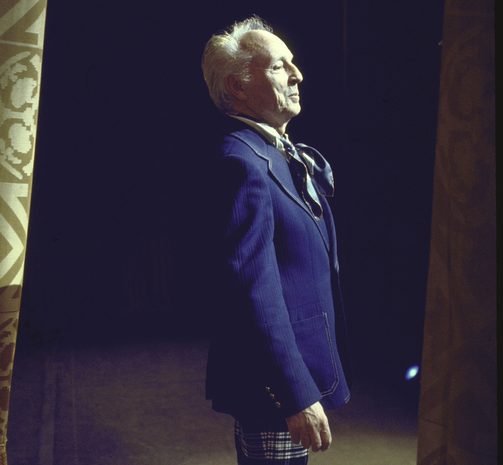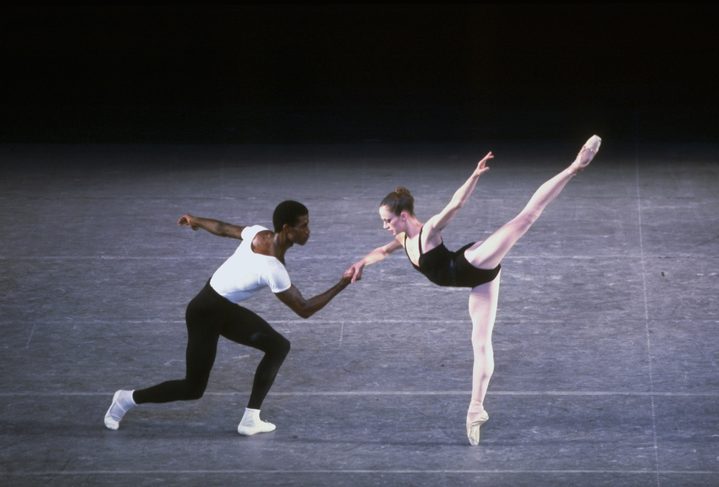5. [Foxtrots] 1921
- Choreography
George Balanchine
Performance Type
Concert Works
Note
By 1921, the Bolsheviks had signed treaties with a number of European and Asian countries, renouncing claims to various border territories, guaranteeing mutual non-aggression in some cases, and resuming trade relations. Perhaps the most important of these was the Anglo-Soviet trade agreement of March 16, 1921, in which Lenin opened the ports of Petrograd to trade with the West. In celebration of this (or perhaps another similar treaty), a giant party was held; for entertainment there were actors, German music, and a foxtrot composed for the crowd by Balanchine. A review in Krasnaya gazeta, May 20, 1924, mentions a foxtrot performed by the Young Ballet as part of a demonstration concert. This is almost certainly not the work composed for the public party; Pëtr Gusev suggested it may have been a solo created by Balanchine for Nicholas Efimov.
Full documentation of Balanchine’s activities before he left the Soviet Union in 1924 is not possible. Printed programs of official performances at the Maryinsky Theater and Imperial Theater School in St. Petersburg exist, but none have been found for the performances given by the Young Ballet; a single poster announcing the opening concert is in the Museum of the Vaganova Academy of Russian Ballet. (The Maryinsky Theater was known as the State Maryinsky Theater between 1918 and 1920 and from 1920 to 1935 as the Petrograd/Leningrad State Academic Theater for Opera and Ballet. It was then called the Kirov Theater until 1991 when it again became the Maryinsky. The Imperial Theater School was renamed the Petrograd Theater School in 1918. Today it is the Vaganova School of Russian Ballet.) Research was carried out in Russia by Elizabeth Souritz (Moscow Institute of the History of the Arts) and the late Vera Krasovskaya (St. Petersburg, State Academy of Theater Art) and by Gunhild Schüller of the Institut für Theaterwissenschaft, University of Vienna, who visited Moscow and St. Petersburg in 1981. Major printed resources consulted were the newspapers Krasnaya gazeta and Zhizn iskusstva, the periodicals Teatr and Teatr i iskusstvo, and the weeklies of the Petrograd/Leningrad State Academic Theaters (Ezhenedel’nik petrogradskikh gosudarstvenniykh akademicheskikh teatrov; Ezhenedel’nik teatrov v Leningrade). Records 1-35 are based on the research of Souritz, Krasovskaya, and Schüller, on interviews conducted with Pëtr Gusev in St. Petersburg (Poel Karp, 1980) and with Balanchine, Alexandra Danilova, and Tamara Geva in New York (Nancy Reynolds and Gunhild Schüller, 1979-81), and on material from publications cited in full in the BIBLIOGRAPHY: Balanchine’s Complete Stories of the Great Ballets, Alexandra Danilova’s Choura, Tamara Geva’s Split Seconds, I Remember Balanchine (Francis Mason, ed., containing Yuri Slonimsky’s essay ‘Balanchine: The Early Years’ and the recollections of Geva, Danilova, and Stukolkina), the Maryinsky Theater’s exhibition catalogue Vek Balanchina – The Balanchine Century, 1904-2004, Mikhail Mikhailov’s My Life in Ballet, Natalia Roslavleva’s Era of the Russian Ballet, Bernard Taper’s Balanchine: A Biography, Robert Tracy’s Balanchine’s Ballerinas, and A.E. Twysden’s Alexandra Danilova.




